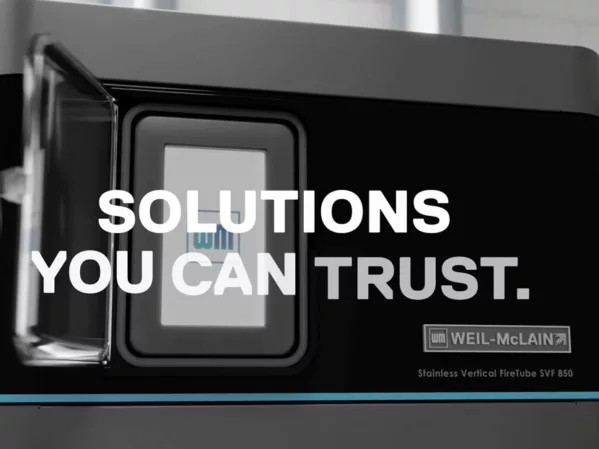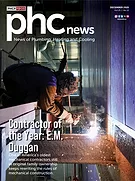It is called the Batter’s Eye. You can find one in every Major League Baseball park and stadium. The question is, where are they located? And the next question is, how do they work? Years ago, my son’s Little League Baseball team toured the Texas Rangers ballpark in Arlington, Texas. As we walked onto the field, our tour guide asked the team if they knew where the Batter’s Eye was located. Standing in the awkward silence of that moment, I soon began to realize that not only were the boys stumped, but the parents were as well.
Then, with the skill of an old storyteller, our guide leaned into the circle that we had formed around home plate and revealed to us, as if it were a well-kept secret, the location and purpose of the Batter’s Eye. He explained that if you look past the pitcher’s mound and above the center field fence, you will see a large area of green grass.
“That is the Batter’s Eye,” he said in a whisper, “and every big-league ballpark has one, and they are all located in the same spot. They are extremely important, and every batter that comes to the plate is thankful for them.”
He continued with some steel in his voice: “The purpose for the Batter’s Eye is to give the batter a clear and unobstructed view of the baseball as it leaves the pitcher’s hand. It is to protect the batter from being hit by a ball he may not be able to see or cannot immediately locate.”
That is right; Major League Baseball players use a blank background designed and engineered for them to gain clarity as they decide which pitch they are going to swing at — fastball or slow curve.
Afterward, as I reflected on those moments, I thought that as workers in the construction industry, we have a Batter’s Eye as well. Ours is a clear and undistracted working knowledge of the safety program and culture that each of us embraces.
For some, the Batter’s Eye may be a toolbox talk that takes place in the early morning hours before each of us walks onto our playing field called a construction site. For others, the Batter’s Eye may be a Lunch-n-Learn opportunity that functions as a seventh-inning stretch in the middle of the day.
There may be times when the Batter’s Eye is viewed as an inconvenience. The jeers may sound like, “Hey, we are giving up a prime spot for a great view of the game.” Or, “It distracts the outfielders and the fans.”
Our safety talks, orientations, audits, pre-task plans and site safety meetings are not distractions. These are all major league components in a game that each of us participates in daily. There may not be loud outbursts of cheers, and we may not see our fellow co-workers doing the Wave as we leave the jobsite after a safe day of work.
However, even the most cynical worker among us slides into their car seat, like a baserunner coming to home plate, breathing a sigh of thankfulness for the safety culture that protected them during their daily work.
This safety knowledge protects us from unforeseen and unknown distractions and mishaps in our daily work. Our Batter’s Eye, much like the ones designed by engineers to protect baseball players, enables us to work with clarity and swing for the fences as we face whatever pitch our jobsite might throw at us.
Editor’s note: If you look closely, you will often find David in the stands watching his son, Zachary, who now plays baseball in a D-1 athletic program for a university in Texas.
David Applegate, D. Min., CHST, is a safety manager for DPR Construction. He has worked in construction as a journeyman plumber and in the field of safety for almost two decades. As a plumbing instructor, he has taught numerous classes for the Texas State Board of Plumbing Examiners. Above all, his passion is to create a culture that values the integrity of safe work practices. He is dedicated to creating a workforce that embraces the blending of both safety and production.





